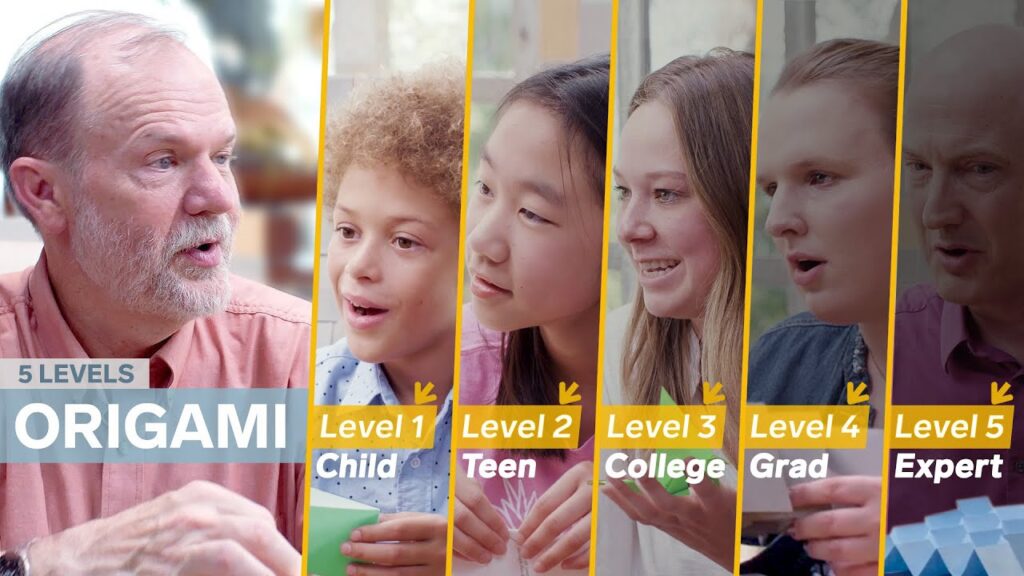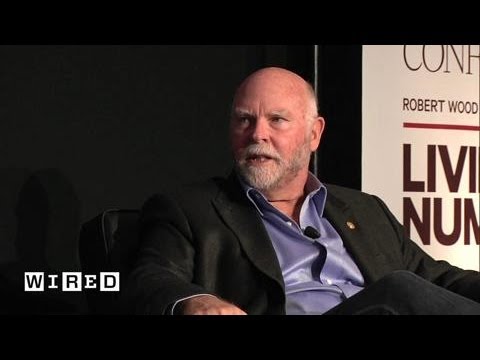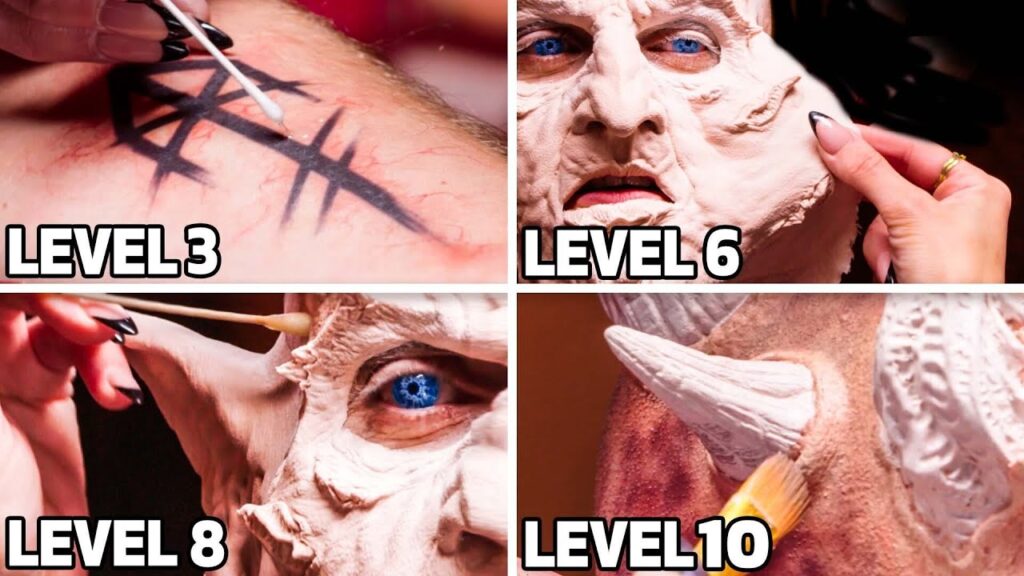How to Create a Crossword Puzzle: Tips from a New York Times Constructor
Summary
In this article, we learn from David Kwon, a New York Times crossword puzzle constructor, about the process of creating a crossword puzzle. He explains that puzzles are problems that challenge the brain and make the solver feel smart. The first step is to come up with a theme, and David’s theme is playing cards. He then writes down the long answers, places black squares for rotational symmetry, adds long words to make the puzzle challenging, and writes suitable clues for the puzzle.
Table of Contents
- The Importance of Rotational Symmetry and Black Squares
- Breaking Up Difficult Letter Combinations
- Writing Suitable Clues for the Puzzle
- Creating a New York Times Crossword Puzzle
- Conclusion
The Importance of Rotational Symmetry and Black Squares
David Kwon emphasizes the importance of rotational symmetry and black squares when creating a crossword puzzle. Rotational symmetry means that the puzzle can be rotated 180 degrees and still look the same. This is achieved by placing black squares in a symmetrical pattern. The black squares also serve to break up the puzzle into manageable sections and make sure that every letter is accounted for both across and down.
Breaking Up Difficult Letter Combinations
When creating a crossword puzzle, it’s important to break up difficult letter combinations. For example, words with many consonants in a row can be challenging for the solver. David suggests using databases to find suitable words that fit the theme and also break up difficult letter combinations.
Writing Suitable Clues for the Puzzle
Writing suitable clues for the puzzle is essential to its success. David suggests starting with easier clues on Monday and gradually increasing the difficulty throughout the week. He also provides examples of potential clues for some of the theme answers in the puzzle, such as “King of Hearts, for one” for the answer “card”.
Creating a New York Times Crossword Puzzle
To create a New York Times crossword puzzle, David starts with a theme and fills in the grid with words that fit the theme. He then creates clues for each word, making sure that no words in the clues are already present in the grid. In the video, he hides a puzzle with the answer being the word “diamond” which completes the Royal Flush theme. Additionally, three other words are hidden in the video to complete the set.
Conclusion
Creating a crossword puzzle is a challenging and rewarding process. By following the tips provided by David Kwon, a New York Times crossword puzzle constructor, you can create a puzzle that challenges the brain and makes the solver feel smart. Remember to focus on rotational symmetry and black squares, break up difficult letter combinations, and write suitable clues for the puzzle.







